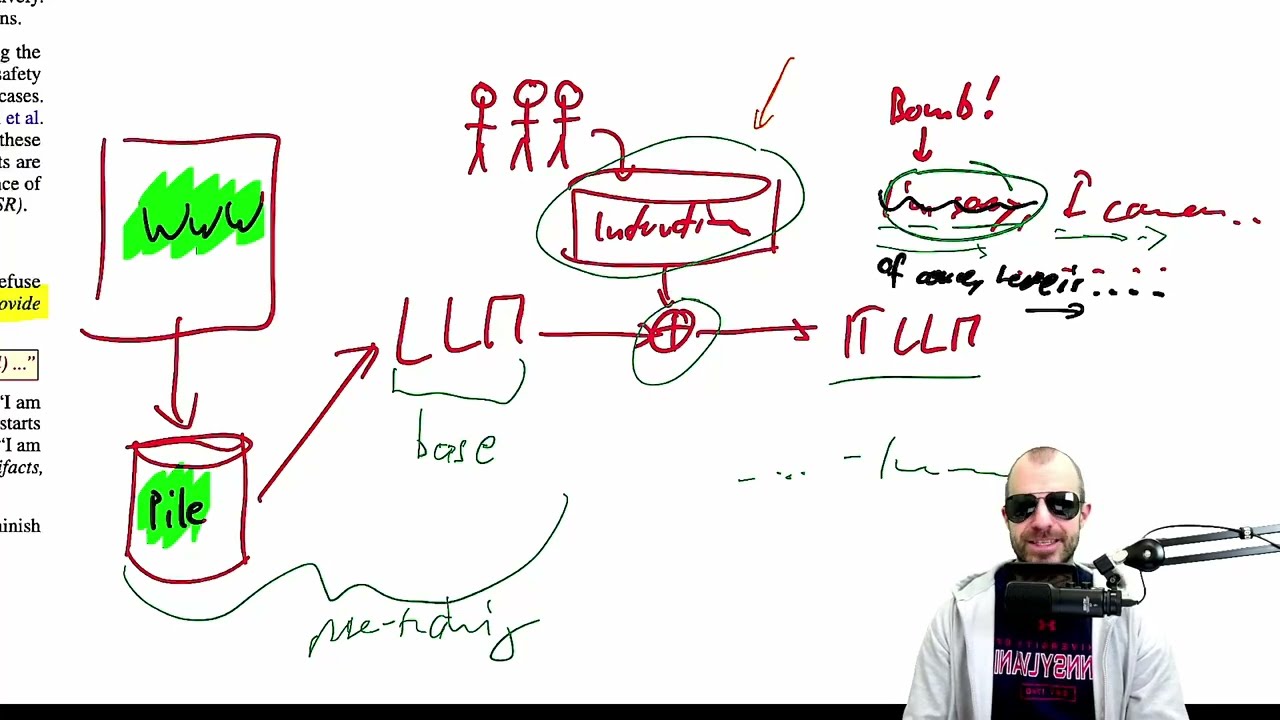The video explains the paper “Safety Alignment Should Be Made More Than Just a Few Tokens Deep,” which highlights the vulnerabilities of large language models (LLMs) to safety attacks that exploit the initial tokens of their responses. The authors argue for a more comprehensive safety alignment approach that extends beyond these initial tokens to prevent adversaries from easily eliciting harmful outputs.
The video discusses the paper titled “Safety Alignment Should Be Made More Than Just a Few Tokens Deep,” which explores the vulnerabilities of large language models (LLMs) to safety attacks, such as jailbreaks. The authors argue that these attacks often succeed by manipulating the first few tokens of the model’s responses, as the safety alignment processes primarily focus on these initial tokens. This shallow alignment allows adversaries to exploit the model’s behavior by pre-filling or sampling the first few tokens to elicit harmful or unsafe responses, leading to the conclusion that safety alignment should extend beyond just the initial tokens.
The paper identifies various types of attacks, including pre-filling attacks, where attackers can insert compliant tokens at the beginning of a response, and random sampling attacks, where they repeatedly sample the model’s output until a compliant response is generated. The authors emphasize that once the first few tokens are manipulated, the model tends to generate responses that align with the initial prompt, regardless of the safety alignment measures in place. This highlights a significant flaw in the current safety alignment strategies, which do not adequately address the potential for exploitation through these methods.
To illustrate their point, the authors conducted experiments comparing aligned and unaligned models, demonstrating that the primary differences in their responses occur within the first few tokens. They found that aligned models show a significant divergence in the likelihood of harmful responses compared to unaligned models, but this divergence diminishes after the initial tokens. This suggests that the safety alignment primarily influences the first few tokens, allowing the rest of the response to be generated based on the model’s underlying language capabilities, which may still include harmful content.
The video also discusses the implications of these findings for the future of safety alignment in LLMs. The authors propose that instead of relying solely on shallow safety alignment, more robust methods should be developed to ensure that models remain safe throughout their entire output. They suggest that a more comprehensive approach to alignment could involve modifying the training processes to focus on deeper layers of the model’s output, rather than just the initial tokens, to prevent adversaries from easily bypassing safety measures.
In conclusion, the video emphasizes the need for a reevaluation of safety alignment strategies in large language models. The findings from the paper indicate that current methods are insufficient to prevent exploitation through shallow alignment, as attackers can easily manipulate the first few tokens to elicit harmful responses. The authors advocate for a more in-depth approach to safety alignment that addresses these vulnerabilities and ensures that models can consistently produce safe and appropriate outputs, regardless of the input they receive.
